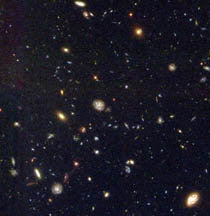This is the Hubble Deep Field-South, an exposure taken over ten days in
October, 1998.
Click on image for full size
Hubble Space Telescope image courtesy of STScI
Hubble Heads South for the Winter
News story originally written on November 23, 1998
Scientists now have a new observation to compliment the
Hubble Deep Field.
It's called the Hubble Deep Field-South because it was taken while looking
at a part of the southern hemisphere sky. The HDF-S is a 10-day-long
exposure from October 1998.
The Hubble Space Telescope looked at a part of the constellation Tucana
to make the HDF-S. The original HDF was made from a part of space near
the
Big Dipper. Scientists also wanted the HDF-S to look at a distant
quasar so they could get more
information from the HDF-S.
The HDF and HDF-S are like core samples of the sky. We can't take
pictures of the entire sky as far into space as the deep fields because
it would take too long. In fact, it would take 900,000 years to map the
entire sky!
You might also be interested in:
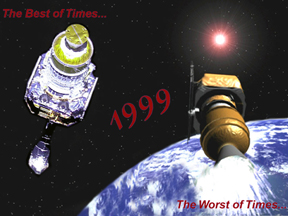
It was another exciting and frustrating year for the space science program. It seemed that every step forward led to one backwards. Either way, NASA led the way to a great century of discovery. Unfortunately,
...more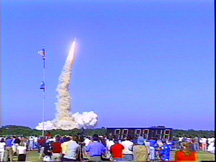
The Space Shuttle Discovery lifted off from Kennedy Space Center on October 29th at 2:19 p.m. EST. The weather was great as Discovery took 8 1/2 minutes to reach orbit. This was the United States' 123rd
...more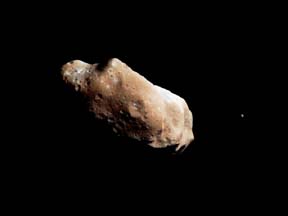
A moon was discovered orbiting the asteroid, Eugenia. This is only the second time in history that a satellite has been seen circling an asteroid. A special mirror allowed scientists to find the moon
...more
Will Russia ever put the service module for the International Space Station in space? NASA officials want an answer from the Russian government. The necessary service module is currently waiting to be
...more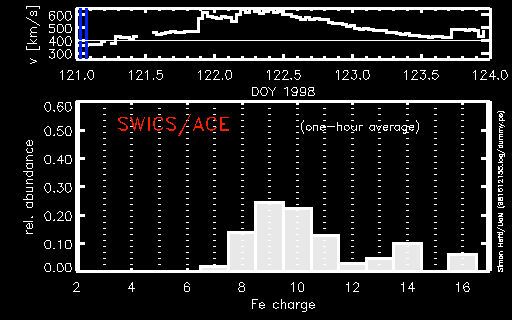
A coronal mass ejection (CME) happened on the Sun early last month. The material that was thrown out from this explosion passed the ACE spacecraft. The SWICS instrument on ACE has produced a new and very
...more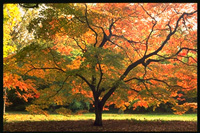
J.S. Maini of the Canadian Forest Service called forests the "heart and lungs of the world." This is because forests filter air and water pollution, absorb carbon dioxide, release oxygen, and maintain
...more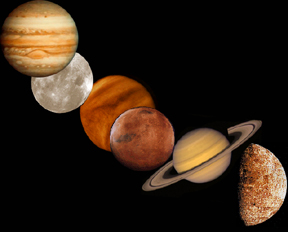
In late April through mid-May 2002, all five naked-eye planets are visible at the same time in the night sky! This is includes Mercury which is generally very hard to see. You won't want to miss this!
...more


